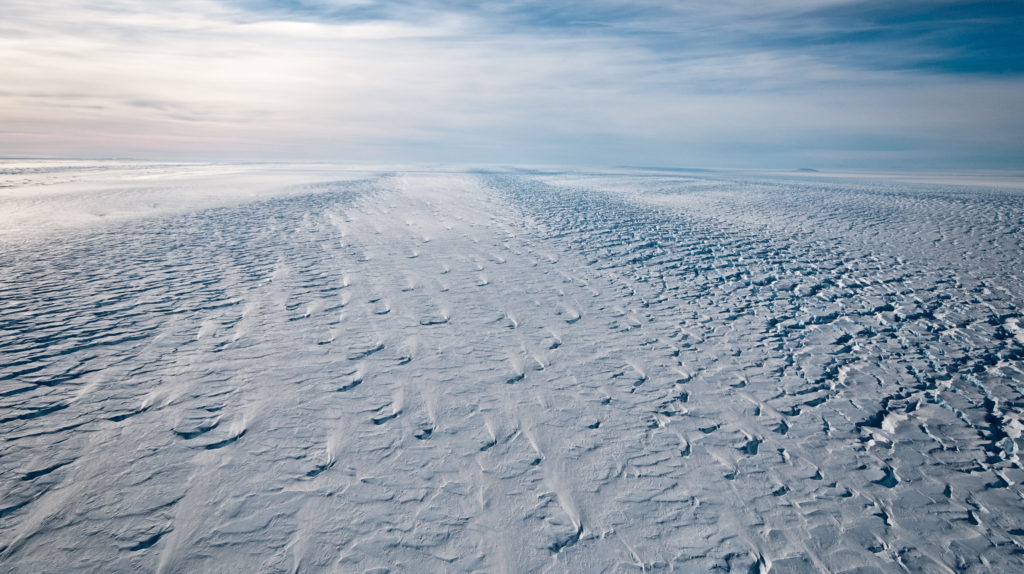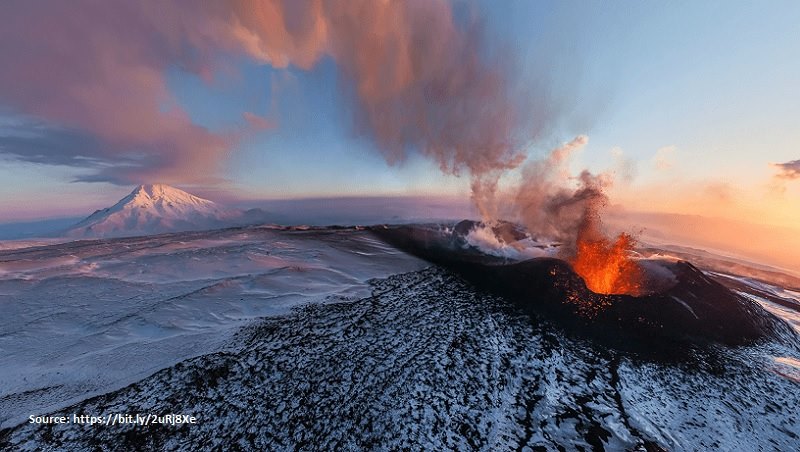
Pine Island Glacier (also known as PIG) is a large ice stream, a type of glacier that moves faster than the surrounding ice.
Pine Island is the fastest melting glacier in Antarctica, and is responsible for about 25% of Antarctica’s ice loss. It is very remote and is situated in Antarctica’s unclaimed sector. The nearest base (Rothera) is 1300 km away.
Glaciers are like a river of ice and they move, relatively slowly, but they move nonetheless. PIG has been moving faster and getting thinner since measurements were taken in 1974.
Climate change was the usual suspect and probably plays a major part but scientists have also found a substantial heat source beneath the Pine Island Glacier…A VOLCANO!!
Antarctica is no stranger to volcanoes as there are around 140 buried beneath the ice about two kilometres down and 18 of them are in the unclaimed sector alone. In fact Antarctica is the largest volcanic region on Earth.
The only active surface volcano on the Antarctic continent is Mount Erebus but this new find shows activity may continue below the surface and a volcanic eruption beneath this glacier could lead to a dangerous cycle of ice melt.
An eruption may not reach the surface but it would melt the underlying ice turning it to water and allow it to work as a lubricant, making the glacier flow more quickly to the sea. This would lead to sea level rises.
However, more than that, it could become a vicious circle if the glacier was to disappear or lose much of its mass. This would take pressure off the other volcanoes and could lead to a number of eruptions that would melt the ice further and so on leading to a major sea level rise.

